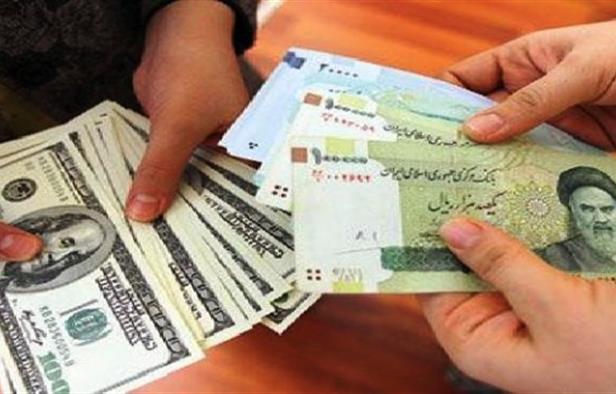U.S. Money Transferred To Iran Used To Expand Iran’s Military Budget
By: Dr. Nimrod Raphaeli/MEMRI/December 15/16
The government of Iranian President Hassan Rohani has submitted to the Majlis (parliament) a draft budget for the fiscal year March 2017-March 2018 for a total of $99.7 billion equivalent. The budget envisages a growth in expenditure of 13.9 percent over the preceding year, but a sharp increase of 39 percent, or $10.3 billion, in funds earmarked for defense, including a big increase in the budget of Iran’s Islamic Revolutionary Guard Corps (IRGC).
Notwithstanding political, economic and social conflicts between the Rohani government and the IRGC, foreign policy is closely coordinated by the two bodies. Upon reaching power, the Rohani government declared two key priorities: reforming the national economy, and reaching agreement with the West on the nuclear program. The government has shown no objection to the role of the IRGC, a potent military force accountable to the Supreme Leader, in regional politics, and particularly in Syria and Iraq. A branch of the IRGC, the Qods Force Brigade, commanded by Gen. Qasem Soleimani, is responsible for spreading Iran’s subversive and, often, terrorist activities across the Middle East and beyond.
Growth Of Iran’s Defense Budget
Overall, Iran’s defense budget has increased from $6 billion in 2013 during the presidency of Mahmoud Ahmadinejad to $8 billion in 2014, and in access of $10 billion for the next Iranian fiscal year. However, the section of the military budget earmarked for the IRGC has registered a far greater increase than the military budget as a whole. The budget allocation for the Revolutionary Guards was $3.3 billion in 2013, increased to $6 billion in 2015, declined to $4.5 billion in 2016 but increased by 53 percent to $6.9 billion for 2017 which translated into 77 percent of the total defense budget. In fact, under the Rouhani presidency, the total allocations to the military, the IRGC, the Organization for the Mobilization of the Oppressed (Basij), and the General Staff of the Armed Forces all rose to almost 80 percent since mid-2013 when Rohani assumed the presidency.
Apart of its dominant share in the national defense budget, the IRGC derives vast revenues from its control over energy, construction, banking, and marketing (as well as smuggling of contraband.) Much of these economic activities are carried out by a company known as Khatam Al-Anbiya (“Seal of the Prophet”) established by Supreme Leader Ali Khamenei in the late 1980s as the economic arm of the IRGC. Upon the withdrawal of the major oil companies such as Shell Oil (Anglo-Dutch) and Total (French) from Iran’s oil sector following the international sanctions, ownership of the oil and gas fields vacated by these companies was transferred to Khatam Al-Anbiya.[1]
The Ultimate Destiny Of The U.S.-Transferred Cash To Iran
In seeking to strengthen the policy of rapprochement with Iran, the Obama administration (though its Treasury Department) has surreptitiously transferred to Rohani’s government two tranches, in cash, for a total of $1.7 billion, allegedly as the cumulated interest on Iran’s deposits, made during the Shah regime before the 1979 revolution, for the purchase of American weapons
It is a commonly accepted premise that money is fungible. While we cannot establish whether the money transferred from the U.S. went directly into the expanded defense budget, it, at a minimum, enabled the government to release an equal amount of money for defense purposes. It is noteworthy that the increase in the proposed defense budget for 2017 is approximately equal to the amount transferred by the U.S. Whatever the source of the defense budget increase, the IRGC will have ample resources to expand its nefarious activities far beyond the borders of the Islamic Republic.
*Dr. Nimrod Raphaeli is Senior Analyst (emeritus) at MEMRI.
[1] Al-Quds al-Arabi, December 10, 2016






















